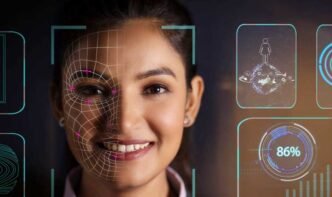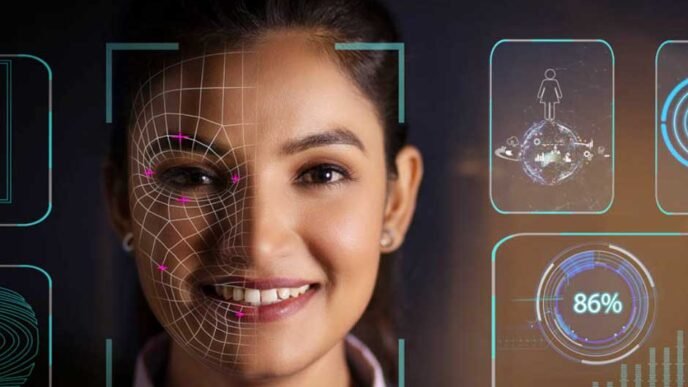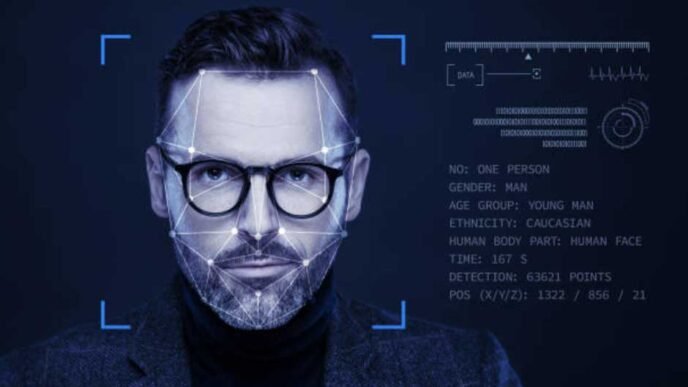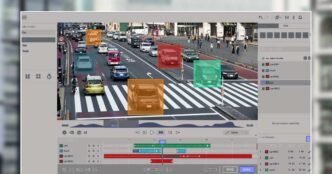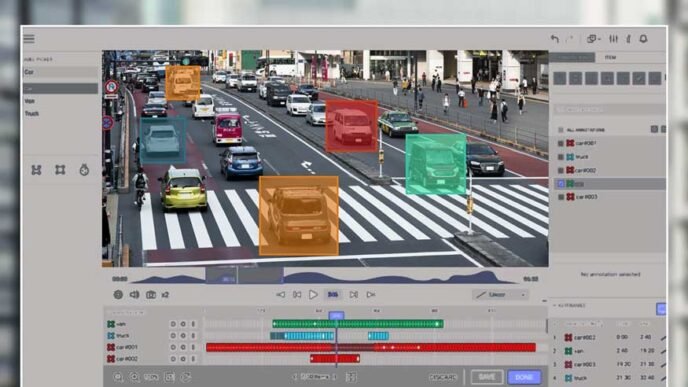Auractive technology is emerging as a transformative force, introducing an innovative, immersive approach to user interaction that transcends traditional interfaces. It has garnered attention for its potential to create more intuitive, natural, and engaging experiences across various sectors including healthcare, education, and entertainment. This technology signals a shift towards interactions that are not only user-friendly but also emotionally resonant, aiming to elevate user satisfaction through empathic and engaging experiences. The evolution of Auractive technology reflects a growing need for interfaces that connect on a deeper, more intuitive level, challenging the confines of conventional user interaction paradigms.
The Evolution and Impact of Auractive Technology
Auractive technology, since its inception, has significantly reshaped the landscape of user interaction across various domains. Initially introduced to enhance audio-based interactions, its capabilities have expanded, allowing it to detect and respond not only to voice but also to the acoustic environment around users. This evolution has made Auractive a cornerstone in sectors like healthcare, where it aids in patient management and retail, enhancing customer service through personalized experiences.
Key Advancements and Challenges
- Enhanced User Experience: Auractive’s sophisticated algorithms enable real-time, natural interaction by recognizing voice patterns and deducing emotional states. This has revolutionized user engagement by providing personalized interactions based on individual energy signatures.
- Increased Accessibility: The technology’s ability to adapt to different user needs makes it invaluable in educational settings and smart homes, where it can adjust ambient settings to suit the occupants’ energy levels.
- Security and Privacy Concerns: Despite its benefits, Auractive faces challenges such as ensuring user data privacy and security, which are paramount given its integration into daily life.
The impact of Auractive technology extends beyond mere convenience, influencing various aspects of life including economics, arts, and even supply chain management. Its real-time processing capabilities allow for a seamless blend of human and digital interaction, marking a significant milestone in the evolution of interactive technologies.
Key Components of Auractive
Auractive technology merges augmented reality (AR) and virtual reality (VR) with advanced computational methods to create deeply immersive experiences. This integration relies heavily on sophisticated components that are essential for its operation. Central to its functionality are the sensors and computer vision technologies that capture and process real-time data about the user’s environment and actions. These components ensure that virtual elements are accurately overlaid onto the real world, enhancing the user’s interaction with their surroundings.
Advanced Sensory and Algorithmic Framework
- Sensors and Computer Vision: A network of sensors continuously gathers data on user position and environmental interactions. This information is processed using advanced computer vision techniques to understand and augment the physical space digitally.
- Real-Time Data Processing: Algorithms capable of real-time data processing overlay virtual objects onto the user’s view seamlessly. This creates an engaging AR or VR experience that is responsive and interactive.
- Audio and Emotional Recognition: Auractive technology incorporates a sophisticated audio processing framework that not only recognizes voice but also interprets emotional cues from sound. This allows for more nuanced and personalized user interactions.
Integration and Implementation in Systems
Auractive’s effectiveness in practical applications depends on its integration into existing systems. This involves a detailed understanding of both hardware and software requirements to ensure compatibility and performance. Businesses looking to implement Auractive technology must consider these aspects carefully and may need to collaborate with experienced developers or consultancies to tailor the technology to specific use cases.
Core Technologies and Design Principles
- Artificial Intelligence and Machine Learning: These are crucial for interpreting complex user inputs and adapting interfaces accordingly.
- User Interface (UI) and User Experience (UX) Design: Essential for ensuring that interactions are intuitive and satisfying for users.
- Security Measures: Given the personal data processed by Auractive, robust security and privacy protocols are indispensable to protect user information.
Each component of Auractive technology plays a vital role in creating a cohesive and dynamic user experience, highlighting the intricate balance between hardware capability and software innovation.
Real-World Applications of Auractive
Auractive technology is reshaping interactions across various industries by enhancing user experiences and providing personalized, immersive environments. Notably, in gaming and entertainment, this technology allows players to dive deeper into virtual realms, offering a more engaging and responsive gameplay experience. Similarly, in the educational sector, Auractive enriches learning by tailoring content delivery to match students’ energy levels and emotional states, thus optimizing engagement and retention of information.
In healthcare, Auractive’s applications are profoundly transformative, facilitating more personalized treatment approaches. It enables the creation of customized wellness programs that adjust to individual patient needs, promoting better health outcomes. Additionally, wearable Auractive devices and smart home systems can monitor and adjust environments in real-time, ensuring optimal comfort and efficiency based on the occupants’ emotional and physical states.
Moreover, Auractive technology extends its influence to business applications such as digital marketing and online conferences, where it enhances communication and user engagement through real-time interactions and feedback. This technology not only improves user experiences across various platforms but also opens up new avenues for accessibility, making everyday interactions more intuitive and effective.
The Future of Digital Experiences with Auractive
As Auractive technology continues to evolve, its integration with artificial intelligence is setting new benchmarks for digital experiences across various industries. The future of Auractive promises to redefine how users interact with digital content, making experiences more immersive and personalized. For instance, in social media, Auractive’s advanced AI capabilities could lead to more engaging and interactive user interfaces that predict user preferences and deliver content accordingly.
Integration with Emerging Technologies
- Artificial Intelligence: Enhancing real-time interactions and predictive analytics to offer tailored user experiences.
- Virtual Reality: Merging with VR to create fully immersive environments that extend beyond current limitations.
- Advanced Security Protocols: Implementing robust security measures to protect user data and enhance trust in technology.
In sectors like healthcare and education, Auractive is poised to revolutionize traditional practices. Its ability to provide experiential learning opportunities through enhanced immersion can transform educational methodologies, making learning more interactive and impactful. Similarly, in healthcare, Auractive can facilitate more personalized treatment plans by integrating patient data with real-time health monitoring, thereby improving treatment outcomes.
Moreover, the scalability of Auractive technology ensures that it can be adapted for various applications, from small-scale educational programs to large-scale industrial processes. This adaptability, coupled with continuous advancements in AI, positions Auractive as a crucial technology in shaping the future of digital interactions, promising a landscape where digital experiences are not only interactive but also intuitively aligned with individual user needs.
Conclusion
Auractive technology, with its innovative approach to enhancing user interactions through immersive experiences, marks a significant advancement in the technology landscape. From augmenting healthcare to transforming education and entertainment, it has demonstrated the potential to profoundly influence various facets of our lives. By bridging the gap between digital interfaces and human emotional states, Auractive has not only enhanced the user experience but has also set new standards for accessibility and personalization in technology applications.
As we look forward to the future, the continuous integration of Auractive with emerging technologies like artificial intelligence and virtual reality promises to further expand its capabilities and applications. The implications of these advancements are vast, offering the potential to revolutionize industries and redefine user engagement. Ultimately, Auractive technology stands at the forefront of creating more intuitive, interactive, and responsive digital environments, shaping a future where technology seamlessly integrates with our daily lives to enhance overall quality and experience.
FAQs
- How is technology transforming our world? Technology has profoundly impacted our world by improving access to essential services such as energy, electricity, sanitation, and clean water, thereby transforming the lives of billions. Advances in transport, telephones, and the internet have enabled global collaboration on various issues. However, it’s important to note that emerging technologies are often initially expensive and accessible primarily to the wealthiest in society.
- What does technological advancement entail? Technological advancement refers to the process by which technologies or applied sciences become more precise, accurate, efficient, or capable. Throughout history, scientific and technological progress has driven significant changes, impacting various aspects of society both positively and negatively.
- Which new technology could potentially revolutionize the world? Artificial Intelligence (AI) is seen as a potentially revolutionary technology due to its capacity to transform numerous industries including healthcare and transportation. AI’s ability to analyze vast amounts of data can enhance decision-making, automate tasks, and boost overall efficiency.
- In what ways has technology improved our lives? Technology has significantly improved our quality of life by infiltrating every aspect of daily living, altering how we act and operate. Enhancements in communication, transportation, healthcare, and connectivity have all contributed to better living standards. The continuous evolution of technology ensures ongoing development of more advanced features, further enhancing our lives.



